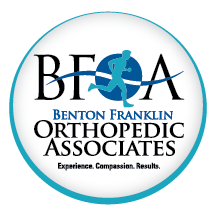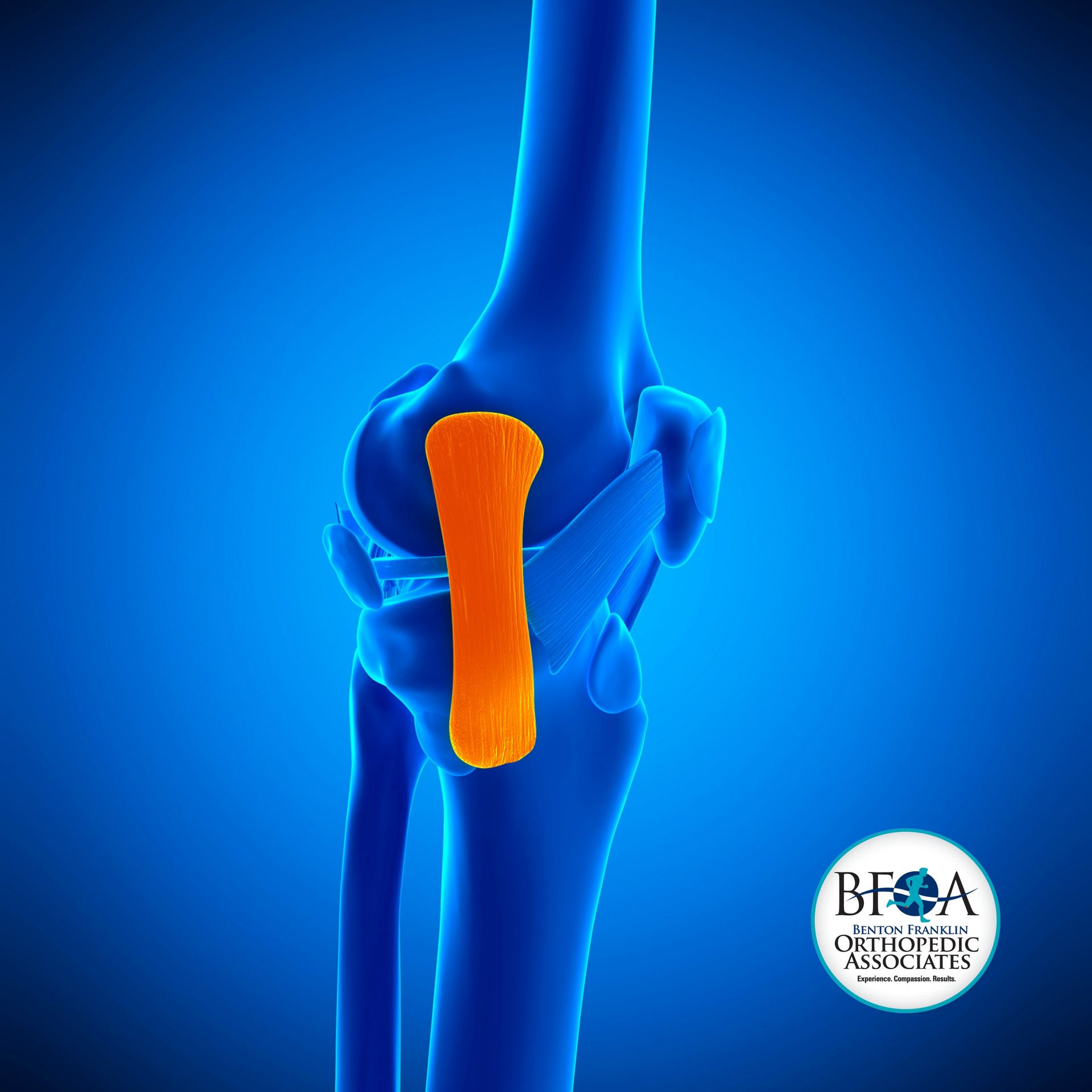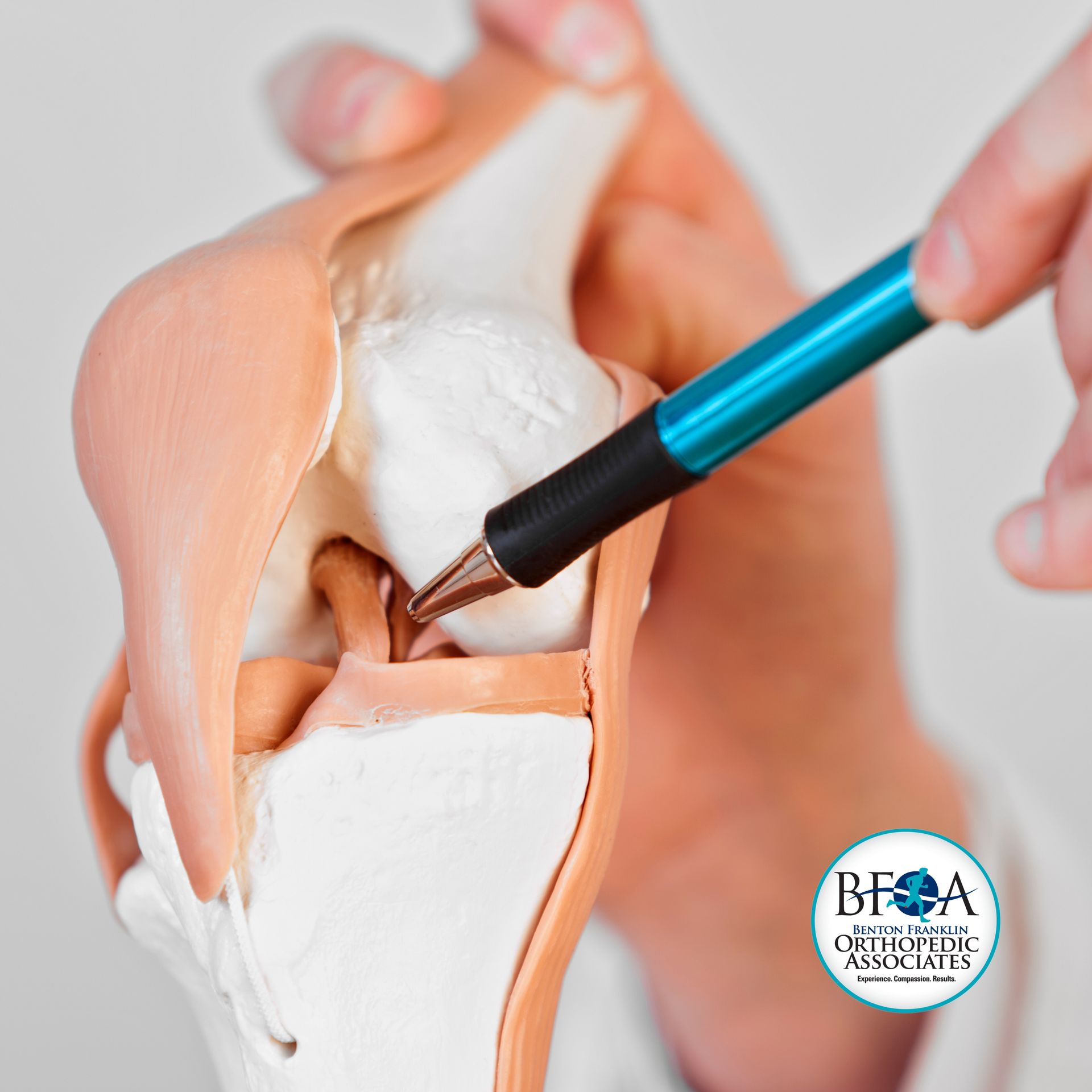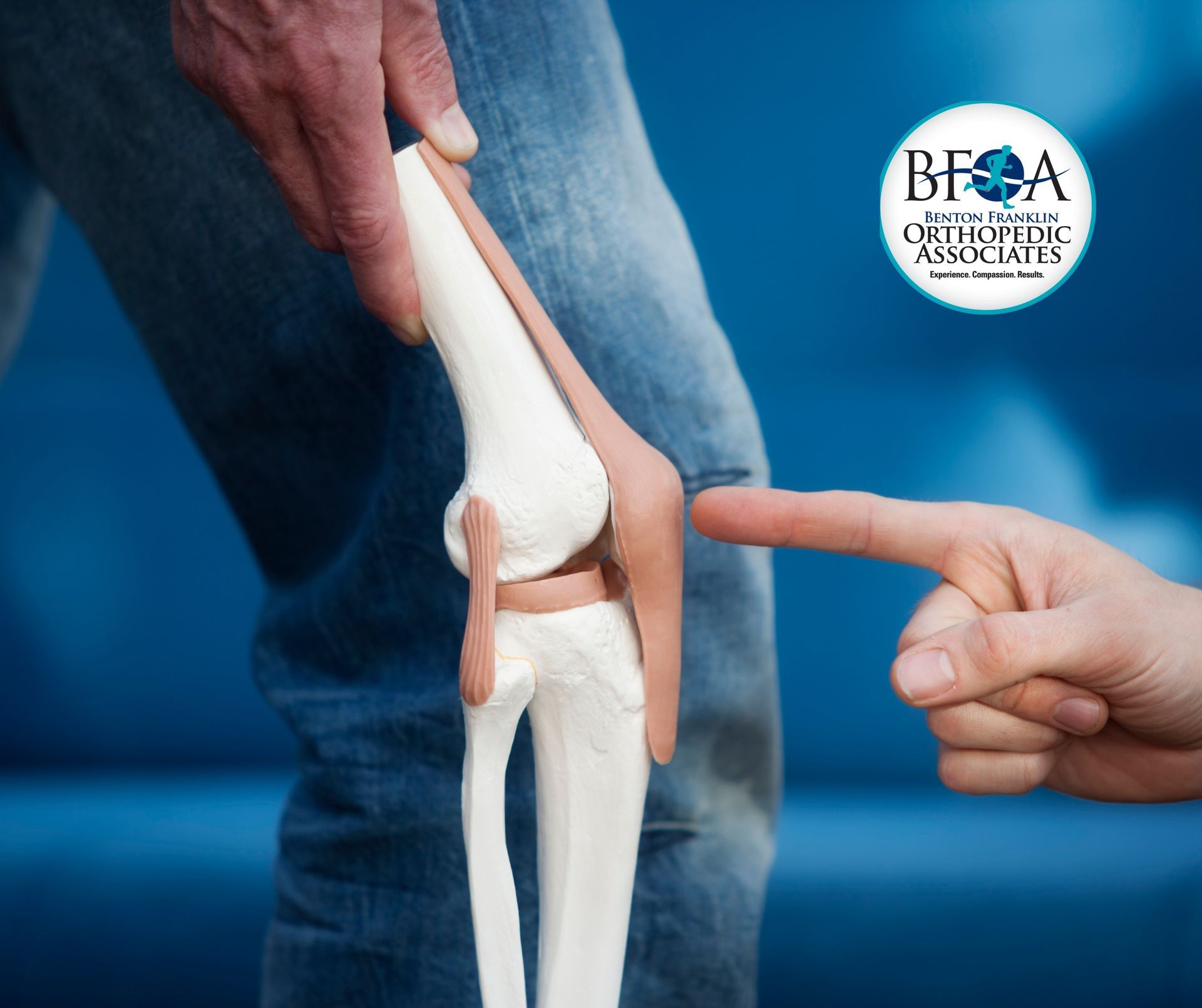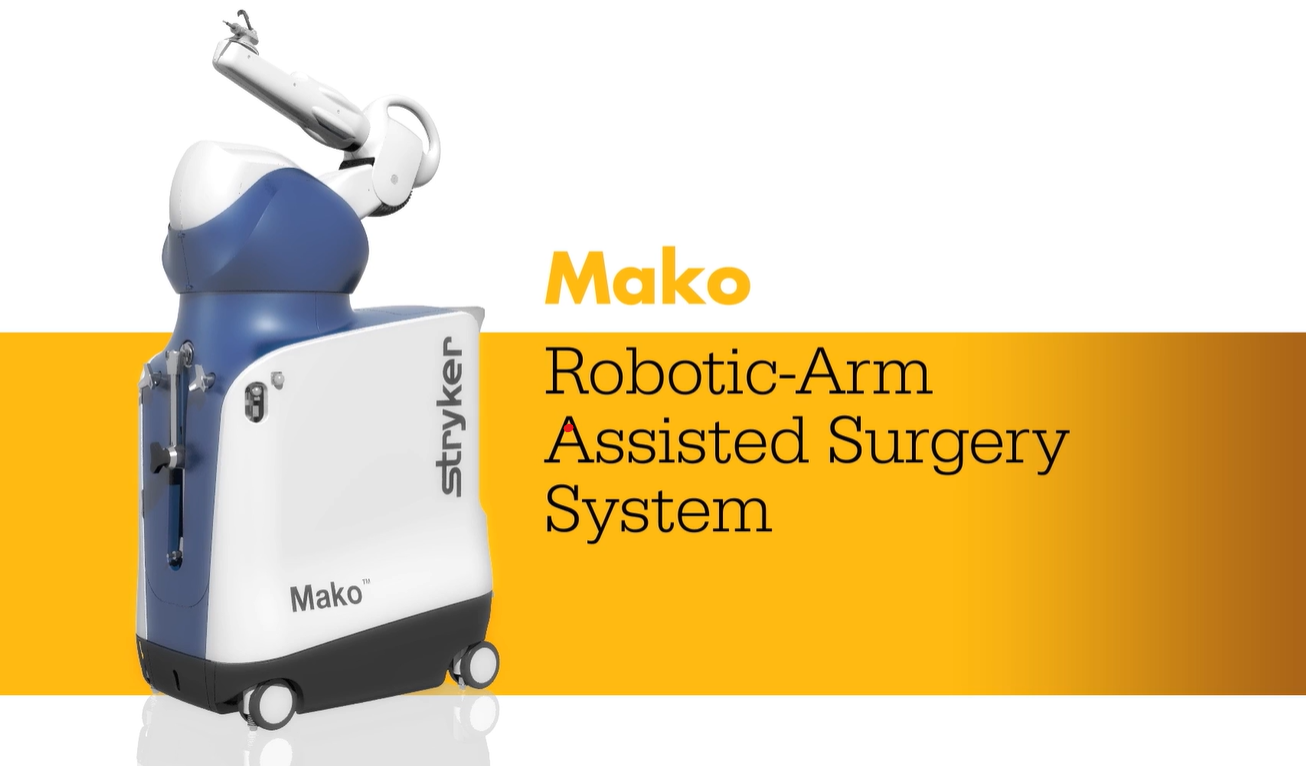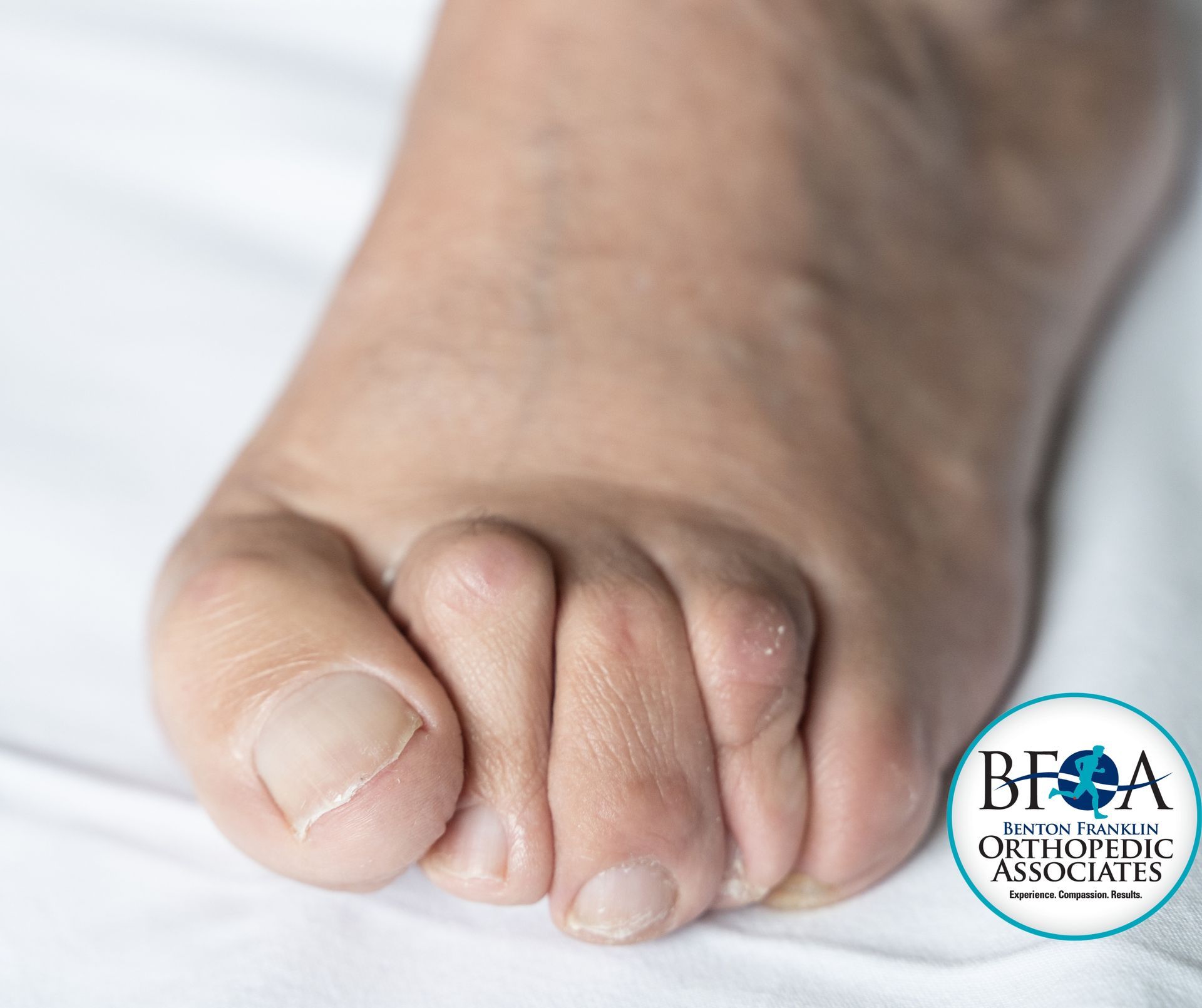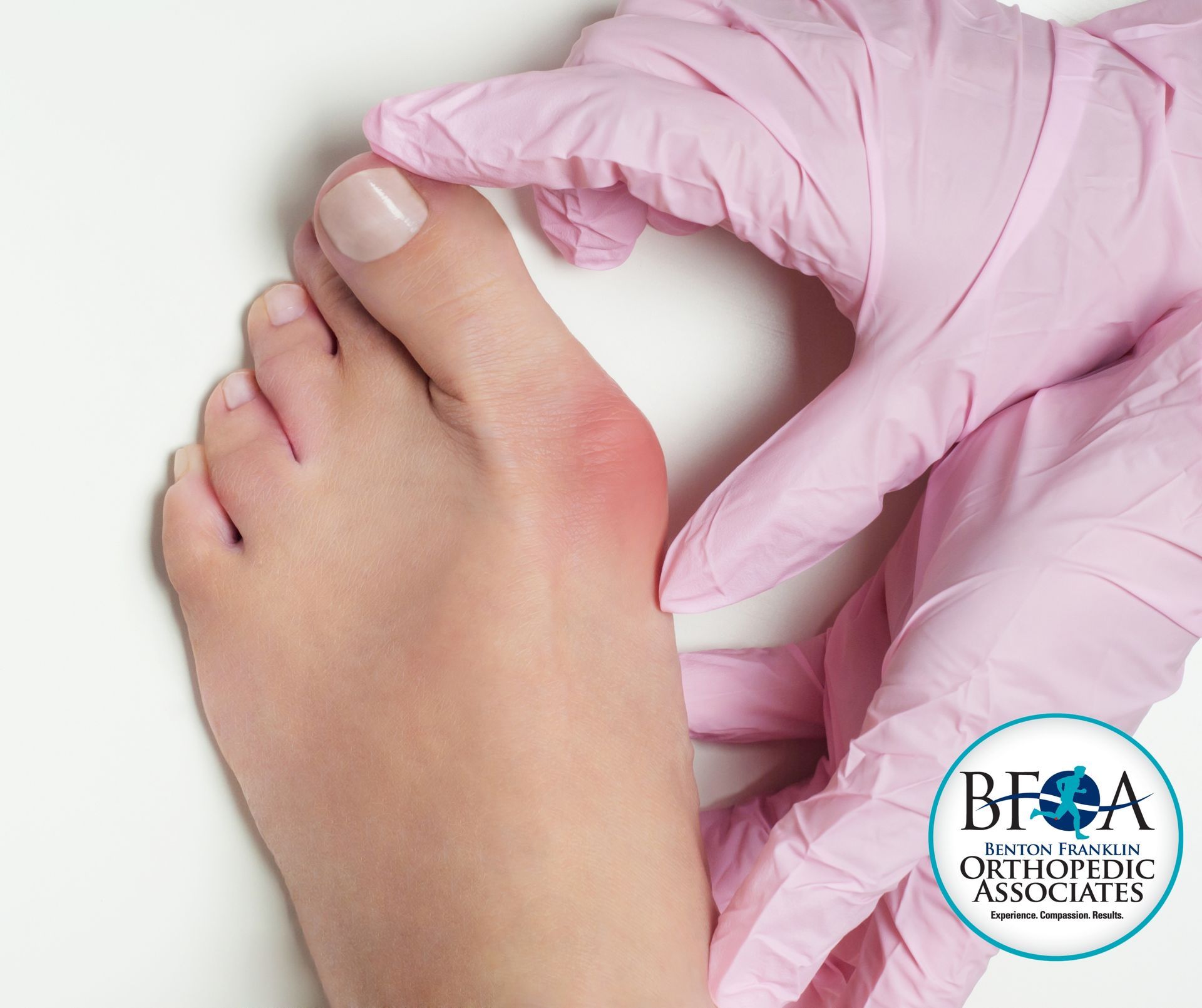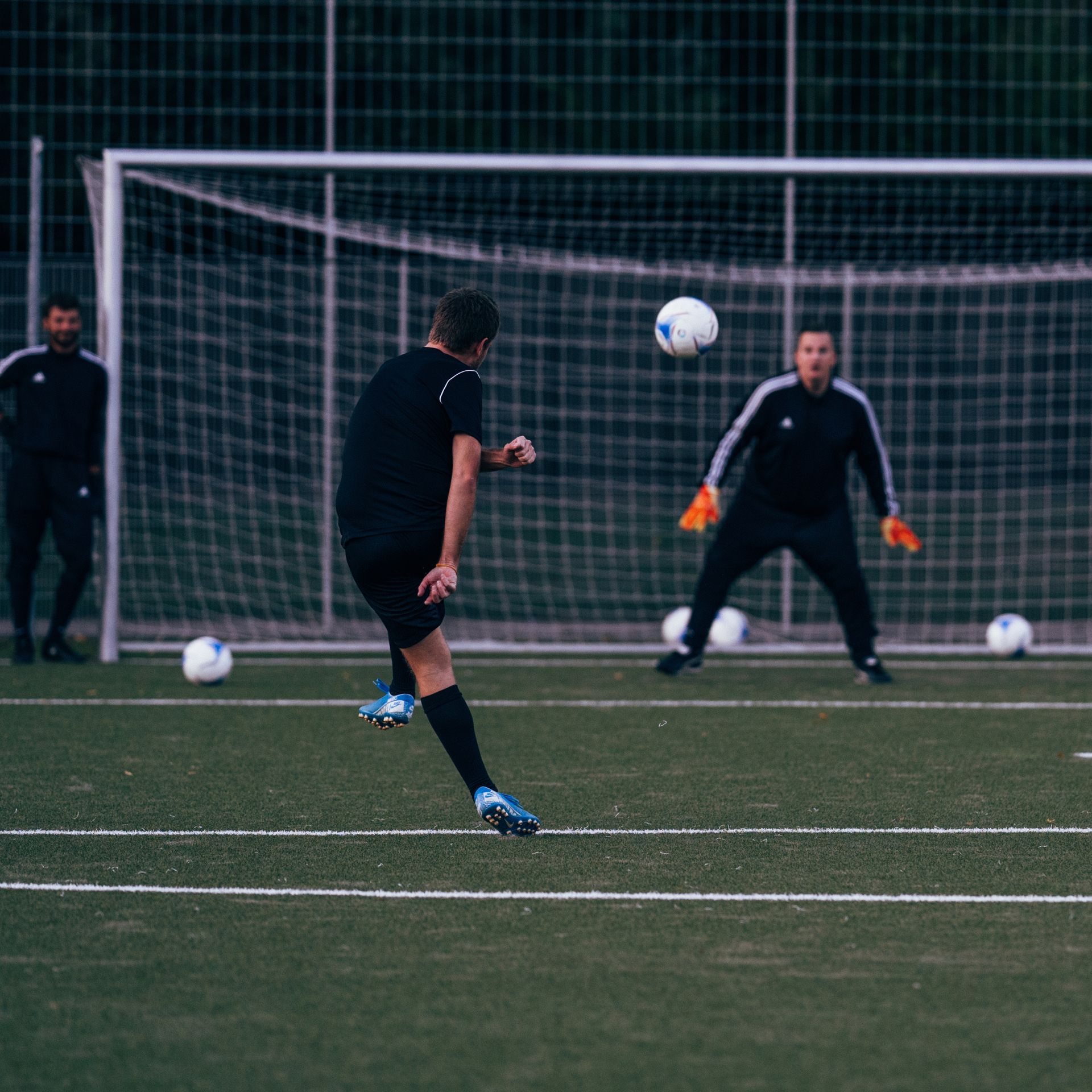Golfers Elbow in Kennewick, WA
Golfer's Elbow: Pain, Treatment, and Therapy
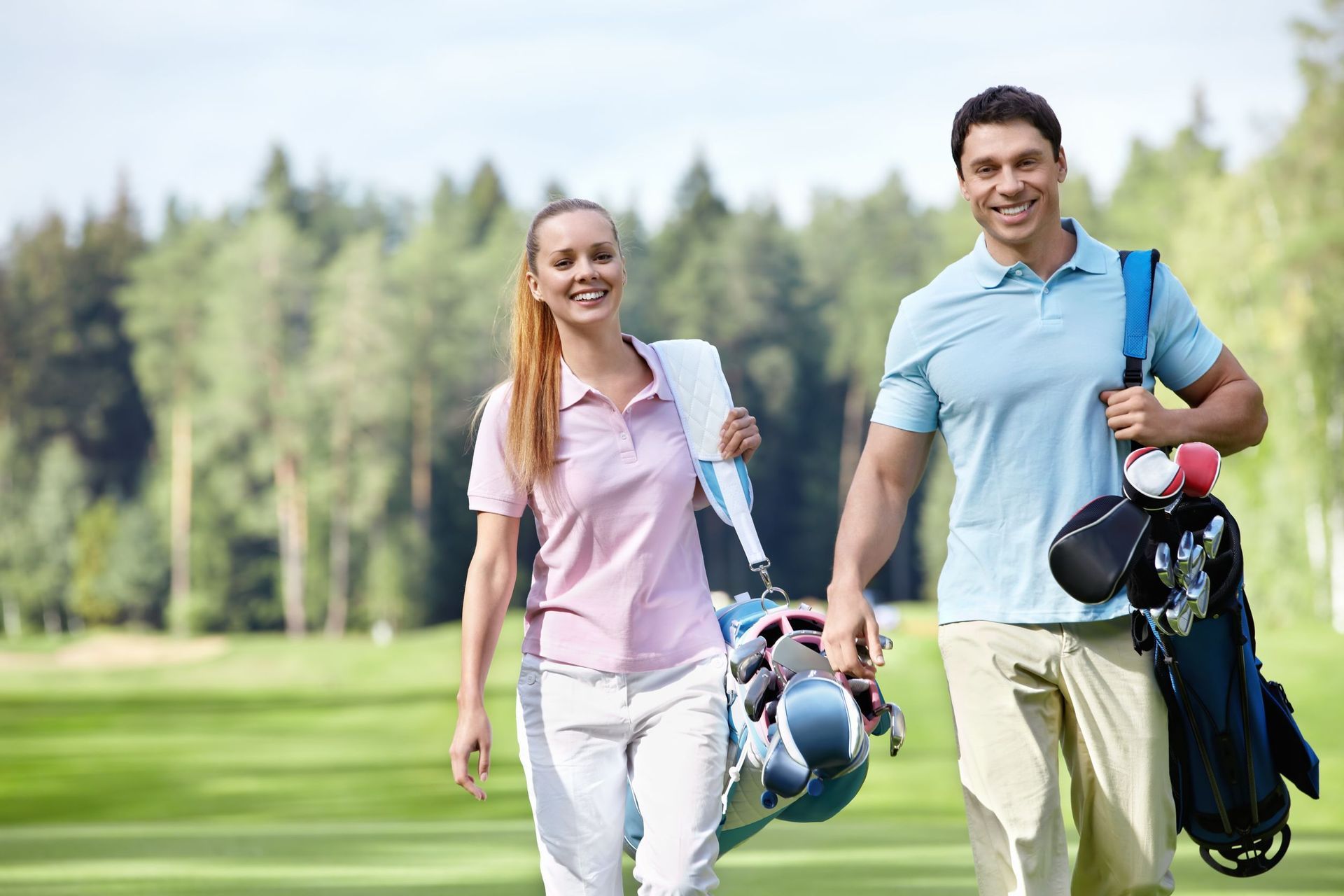
Golfer's elbow (Lateral Epicondylitis) is a soreness or pain on the outside (lateral) side of the upper arm near the elbow. It also has alternative names such as Epitrochlear bursitis; Lateral epicondylitis; Epicondylitis - lateral; Tendonitis - elbow. It also can become a chronic issue caused by swelling of the tendons that connect the forearm to the outer side of the elbow.
The swelling ultimately damages the muscles and tendons from using them over and over again. That is why Golfer's elbow can be diagnosed as an overuse injury. Pain is often experienced on the outer side of the elbow, and the condition can be extremely painful. While playing tennis regularly can result in this condition, many patients treated for this condition don’t actually play tennis. Repetitive activities cause the tendons to get overworked, causing small tears.
To prevent this type of overuse injury, you simply have to not overuse it. If you start to have pain in the lateral side of the elbow (Golfer's Elbow), the best way to try to avoid the pain is to do things with the palm-up position. By putting your palm up, you transfer the forces from the hand to the medial side of the elbow. Despite its name, this condition is not limited to golfers and can affect anyone who engages in repetitive wrist and forearm movements.
Symptoms
The primary symptom of golfer's elbow is pain on the inner side of the elbow, which can extend into the forearm and wrist. This pain often worsens with activities such as lifting, gripping, or twisting the forearm.
Other symptoms may include:
- Weakness in the hand and wrist.
- Stiffness in the elbow.
- Numbness or tingling in the fingers, especially the ring and little fingers.
- Pain when making a fist.
Diagnosis
Diagnosing golfer's elbow typically involves a physical examination where a healthcare provider will assess the pain and tenderness around the elbow. They may also ask you to move your elbow, wrist, and fingers in various ways to pinpoint the pain. In some cases, imaging tests like X-rays or MRI scans may be used to rule out other conditions.
Treatments
Treatment for golfer's elbow focuses on relieving pain and promoting healing. Common treatments include:
- Rest and Activity Modification: Avoid activities that aggravate the pain.
- Ice Therapy: Applying ice packs to the affected area can help reduce pain and swelling.
- Medications: Over-the-counter pain relievers such as ibuprofen or naproxen can be effective.
- Physical Therapy: Exercises to strengthen the forearm muscles and improve flexibility can be beneficial. A physical therapist may also recommend using a brace or strap to reduce strain on the tendons.
- Injections: Corticosteroid injections or platelet-rich plasma (PRP) injections may be used to reduce inflammation and promote healing.
- Surgery: In severe cases where other treatments fail, surgical options to remove damaged tissue may be considered.

Conservative, Nonsurgical Treatments
Patients with Golfer's Elbow are best treated non-operatively. Depending upon the nature and extent of the inflammation, there are many treatment options available which are successful in 80% to 90% of Golfer's Elbow cases.
- ANTI-INFLAMMATORY MEDICATIONS. Either over-the-counter (Ibuprofen and aspirin) or prescription anti-inflammatory medications can reduce swelling and pain.
- EQUIPMENT INSPECTION. If you use a tennis racquet regularly, have it professionally inspected to ensure the size or weight of the racquet is appropriate.
- TOPICAL COMPOUND CREAMS. Can be rubbed onto the affected area.
- PHYSICAL THERAPY. Exercises that concentrate on reinforcing the forearm muscles are beneficial.
- MUSCLE-STIMULATING PROCEDURES. Prescribed by your doctor and physical therapist improve the healing of the tendons. Ultrasound and massaging with ice also help.
- BRACING. A brace can also ease symptoms.
- RELAXATION. Stop the activities that are causing the pain. Your pain is telling you to rest the muscles by taking a timeout from using it. You will need to take a break from taking part in sports as well as refraining from heavyweight activities.
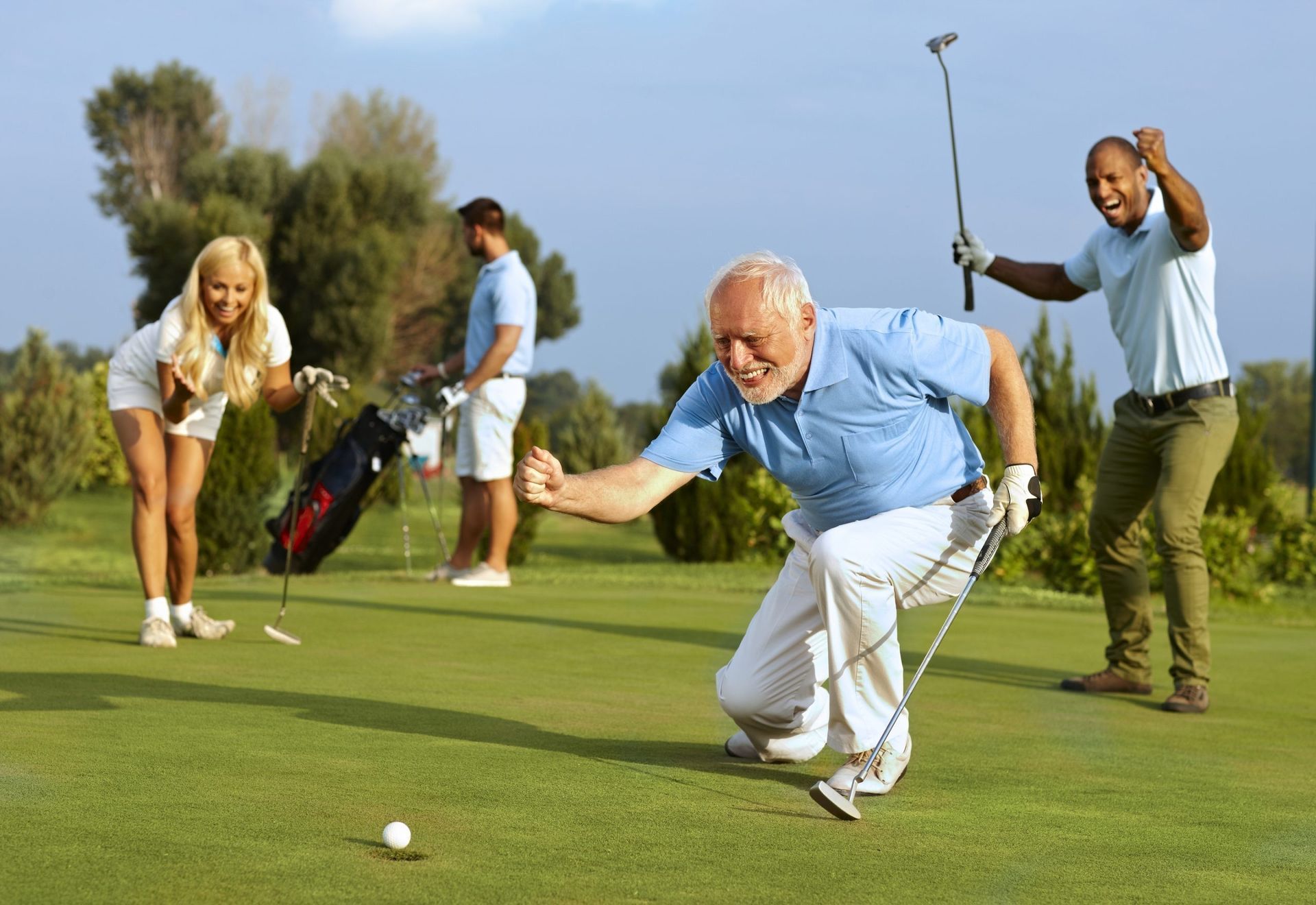
Prevention
Preventing golfer's elbow involves minimizing repetitive strain on the elbow.
Here are some tips:
- Use Proper Technique: Whether in sports or daily activities, using the correct technique can reduce strain on the elbow.
- Strengthening Exercises: Regular exercises to strengthen the forearm muscles can help prevent overuse injuries.
- Ergonomic Adjustments: Ensure that your work environment is ergonomically friendly to reduce repetitive strain.
Golfer's elbow can be a painful and limiting condition, but with proper care and treatment, most people can recover fully and return to their normal activities. If you experience persistent elbow pain, consult with a healthcare provider to explore the best treatment options for you.
If you are experiencing Golfer's Elbow, Benton Franklin Orthopedic Associates is here to help. Contact us today by calling 509-586-2828 to schedule a consultation and take the first step towards pain-free Golf!


